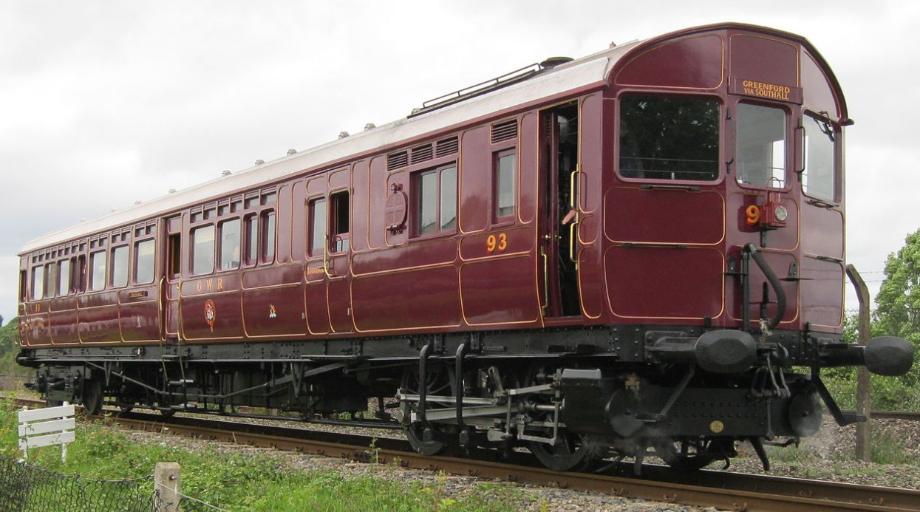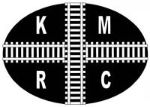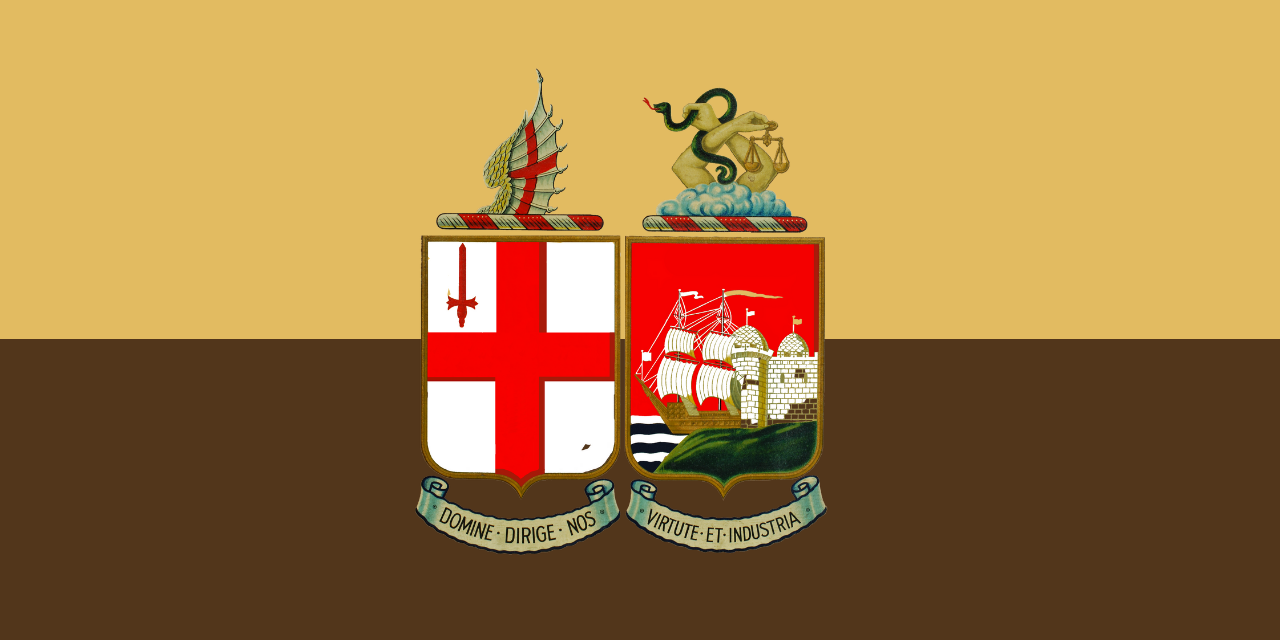GWR Diagram R steam railmotor Profile and Models

93 at Didcot Railway Centre in May 2011. ©Andrew Bone
|
The steam rail motors (SRM) were self-propelled carriages operated by the Great Western Railway in England and Wales from 1903 to 1935. They incorporated a steam locomotive within the body of the carriage. The final batch of these designs were designated 'Diagram R' and were constructed in 1908, with a total of 16 outshopped. The rail motors were also deployed in cities such as Plymouth, where they operated frequent services calling at new stopping places, competing with the new electric tramways. Steam engines need frequent servicing, and while this was being undertaken the coach unit was not available for use; steam engine maintenance is also exceptionally dirty, and keeping the passenger sections in an acceptable state of cleanliness was an issue. Most rail motors were converted into driving trailers for push-and-pull trains (sometimes referred to as autocoaches) serving a separate steam locomotive, and the original power units were scrapped. One example of the Diagram R was in use with the GWR until 1934 when it was turned into an unpowered trailer. It stayed in use with BR until 1956, and it was then used as a static office in 1970. Following this, it was preserved and returned to its original condition as a working steam railmotor. |
|
|
Type of Locomotive |
Steam Railmotor |
|
Builder |
GWR Swindon Works |
|
Build Date |
1908 |
|
Total Built |
16 |
|
Tractive Effort |
Unknown |
|
Wheel Configuration |
0-4-0 (1 power bogie & 1 trailing bogie) |
|
Operated By |
Great Western Railway British Railways |
|
Main Duties |
Local Passenger |
|
In Service Until |
1956 |
|
Surviving Examples |
1 |



 GWR chocolate and cream
GWR chocolate and cream
 GWR brown
GWR brown
 GWR crimson lake
GWR crimson lake